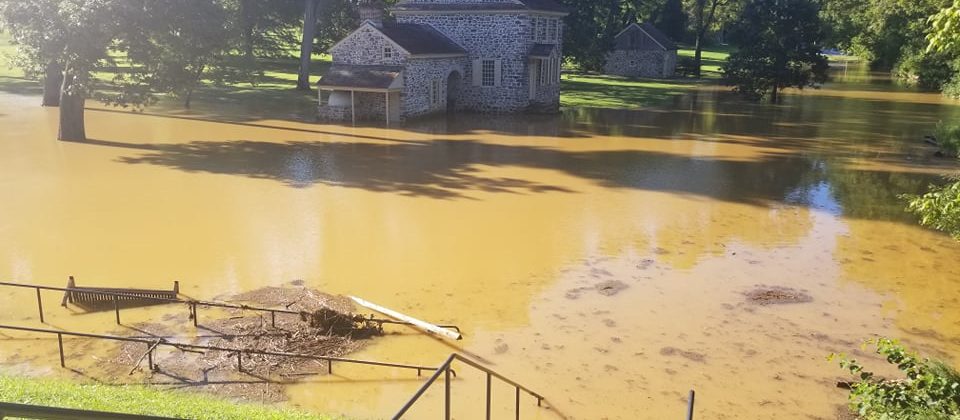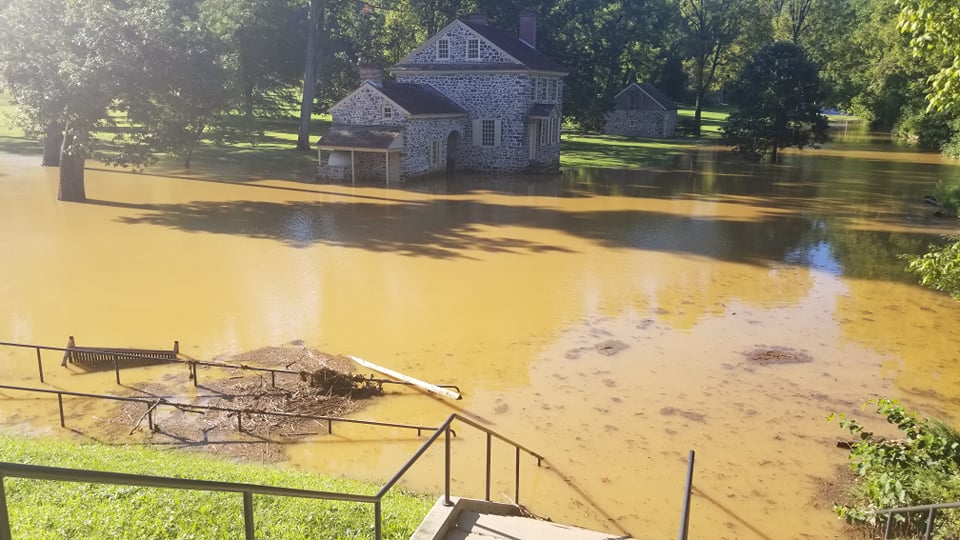

Blake McGready is program assistant at the Gotham Center for New York City History and a Ph.D candidate at the Graduate Center of the City University of New York. Check out his piece at The Panorama on the what he calls “the revolutionary origins of the climate crisis.” A taste:
In fact, public historians might reimagine the Revolution as a contest over environmental relationships. In 1779 General John Sullivan led the Continental Army’s invasion of Iroquoia, an expedition whose torrent of destruction devastated Seneca and Cayuga agroecosystems. Haudenosaunee women’s farming techniques produced superior yields compared with those of white colonists, nurtured healthier soils, supplied more nutritious diets, and cultivated sustainable practices for generations. Colonists, fastened to seasonal cycles of subsistence and profit, applied abusive farming practices to their lands.[8] Haudenosaunee agriculture and cosmogony provide lessons for audiences seeking ways to live in cooperation with ecological systems. Moreover, it’s worth underlining that American revolutionaries sought to destroy Native relationships with the land, intensifying the clash between Native and Anglo American environmental assumptions. By discussing the Sullivan Campaign, public historians can pull environment into their conversations about the American Revolution’s legacies, and invite audiences to think about how environmental relationships have been made and can be remade.
Revolutions unleash powerful social forces that can transform natural systems. By centering stories about rivers, disease, cattle, continentality, watersheds, rival forms of agriculture and stewardship, rattlesnakes, and more, public historians not only paint a more complete picture of the revolutionary era, but they encourage their audiences to think about their own environmental relationships. Where publics have learned separateness and superiority from the natural, nonhuman world, so must our new declarations of environmental interdependence urge reciprocity. Historicizing our anthropogenic assumptions remains a vital task for interpreters committed to meeting our present upheaval by kindling a healthy balance between indignation and compassion. Addressing the origins of anthropogenic climate change within extant public history infrastructure is a small but essential step towards connecting the early American past to our environmental future.
Read the entire piece here.